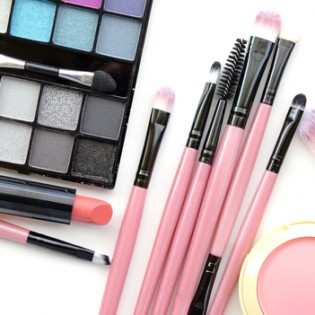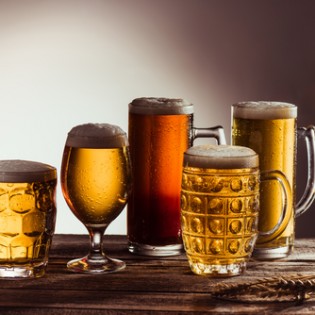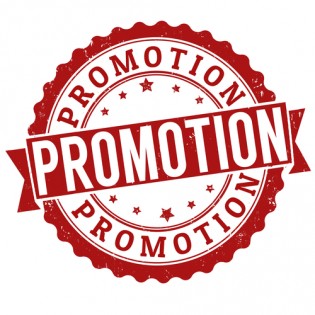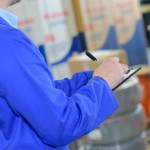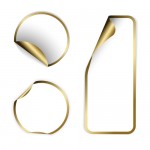Labeling of food items has a lot of factors to consider. The biggest concern is that the labels used have the potential to affect the quality of the item and even compromise safety of its consumption. Using materials that are not safe will be very devastating and so costly to repair. More than enhancing the products, producing food grade labels that are up to the standards should be prioritized.
What Does “Food Grade” Mean?
Labeling a product using “food grade” materials is more than just a marketing tool to make the product sound safer. Actually, this kind of label is not only on the superficial level. In fact, it is a very practical method of distinguishing when a product is safe for consumption or not.
Of course, the label itself is not to be consumed. But a label is to be considered as food grade when it is safe to be in direct contact with food items. A great example is the sticker label that is used to label fruits and vegetables. It should not, in any way, affect the product in such a way that it makes it not safe to eat even after washing.
Direct Food Labeling
It is very crucial to choose a food grade label if you are going to place the label directly into each item. Safety should never be compromised so it is important to consider the kind of materials used. First is the ink, will it not migrate into the food when it gets damp? Some inks are not food grade and might even be poisonous if ingested. What about the adhesive used to stick the labels? Does it remain on the product after removing the label? Is it safe to eat the adhesive? It is important to dig about these things because it can make a direct impact on the business especially when health concerns are raised.
Indirect Food Labeling
Although it is not as crucial as direct food labels, there are also several considerations when it comes to indirectly labeling food items. As mentioned, there are materials that are unsafe for human consumption. Even if they do not come in contact with the contents, manufacturers should also think about the dangers of accidental ingestion. For example, wine labels have the tendency to get wet when it is soaked in an ice bucket. The same goes with water bottle labels when taken out of the ref. Will it be dangerous if the ink bleeds out and accidentally drank by the consumers?
Cut Sheet Labels are well- aware of the standards in food labeling. This is why we use the latest technology in creating labels because we have to follow the safety regulations in printing food labels. There are diverse requirements for a range of food labels and it is a must these are met in order to ensure safety of the consumers and less liability on the part of the manufacturers.


